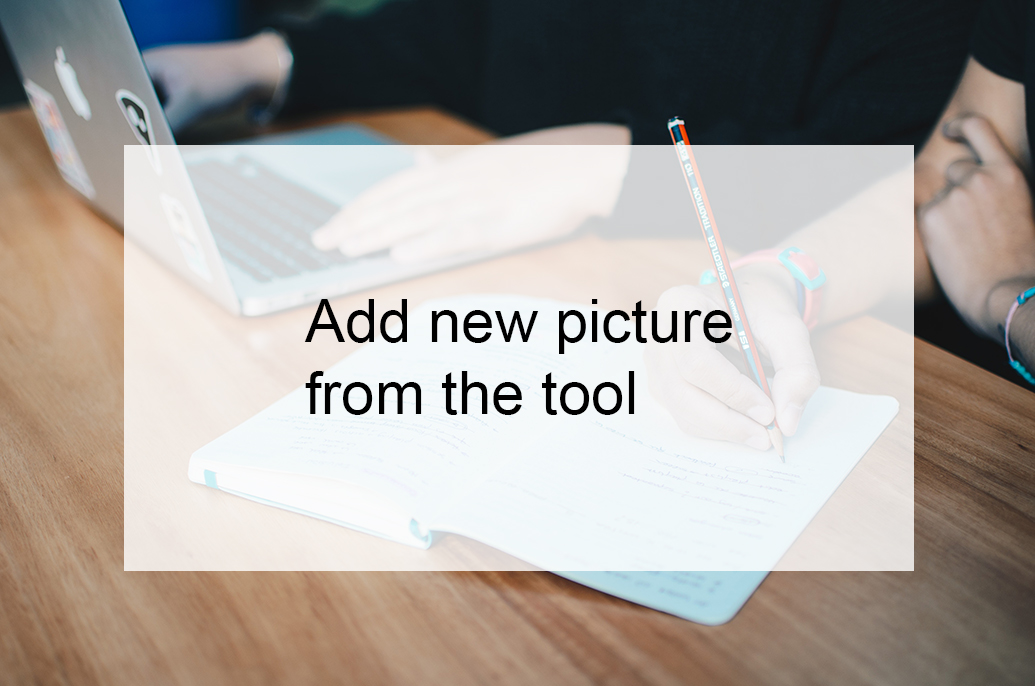Inclusive procedure at an HEI / Special educational needs arrangement
This tool enables each student in need of special educational arrangements to have her/his needs met.
This tool enables each student in need of special educational arrangements to have her/his needs met. Once a student has met a special educational needs teacher or a student counselor and the need for special educational arrangements has been clarified, the arrangements the student would benefit from are listed. The list can be a paper or it could even be an app developed for this purpose. The list gives the arrangements the student needs, such as extended time for taking exams, quiet room for taking exams, course resources made available to the students prior to them being covered in a class, access to audio books, oral exams over written exams, a possibility to complement an exam in speaking, etc.

Examples of starter activities:
- Based on pre-reading the students answer a set of multiple-choice questionsin pairs and decide together which answer is the correct one.
- The students can be handed out a questionnairein advance or in the first class of the coursethat has them pondertheir previous experiencewithand knowledge of the topics studied in classor during the entire courseas well as their expectations for the course.
- The students can be asked to listas many lessonsas they learnt in a previous classof the course. This will have them tune in on the topic at hand that day.
- Short revision questionsfor groups to discuss. For example, they can be asked to define new terms or produce a list of five key points on the basis of the answers they produce to the revision questions.
- If the previous lesson has had students study multiple new terms, they can be seated in groups of 3-4 students where they define key termsshown on the board taking turns. Other students guess which term the student isexplaining.The student to guess the right term carries on explaining the next term of her/his choice and the game goes on as long as required.
Step 2. Main body
- Duringthis step students need to rationalize, analyze, evaluate or use their problem solving skills in order to gain a more extensive understanding of the given topic. These activities form the main body of the class.
- Students are given a real work-life-based challengeor case. They are required to analyze and apply knowledge gained by reading or from short lecturers given in class. The idea is to have the students communicate with people from a real organization, simultaneously applying knowledge in practice.
- problem-solving exercisesin small groups or pairssimulationor role-play activities, such as students have the responsibility of giving mini lessons on an allocated topic or on a topic of their choosingdiscussionson the studied topic and theory
- final reportsand presentationsof the project carried out during the course, peer feedback given on the presentation
- brainstormingthe lessons learnt by giving ideas on a Padlet wall or in writing on post-it stickers
Step 3. Plenaryor feedback
This final step of the lesson should not take long. It should rather be a 5-10-minute activity that sums up the lesson(s) learnt.
- discussionin pairs aboutthe course and whether the set objectives have been met, reporting these to the teacherand/or entire classin the agreed format
- Students give feedbackeither unanimously or with providing their name in the student feedback system.
- Students can be asked to design the exam questionsor quiz questionsfor the teacher to use in the next lesson.
- Students and teacher can engage in a feedback discussion(cf. performance appraisal) where they answer questions set in advance.
- a Padlet wall or some other format can be set for students to discuss challenges or items they have found not well organized during the course, a similar wall can be crafted for positive feedback
Source information
